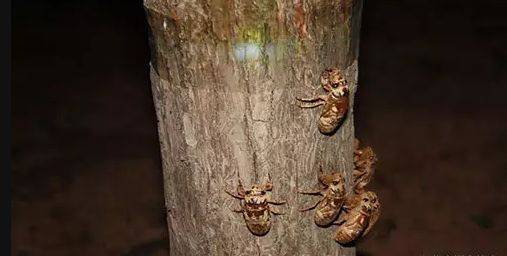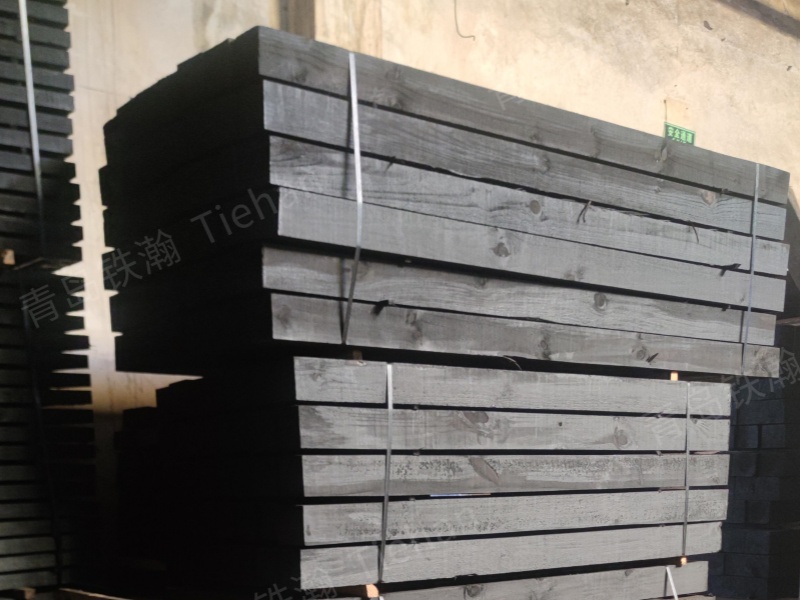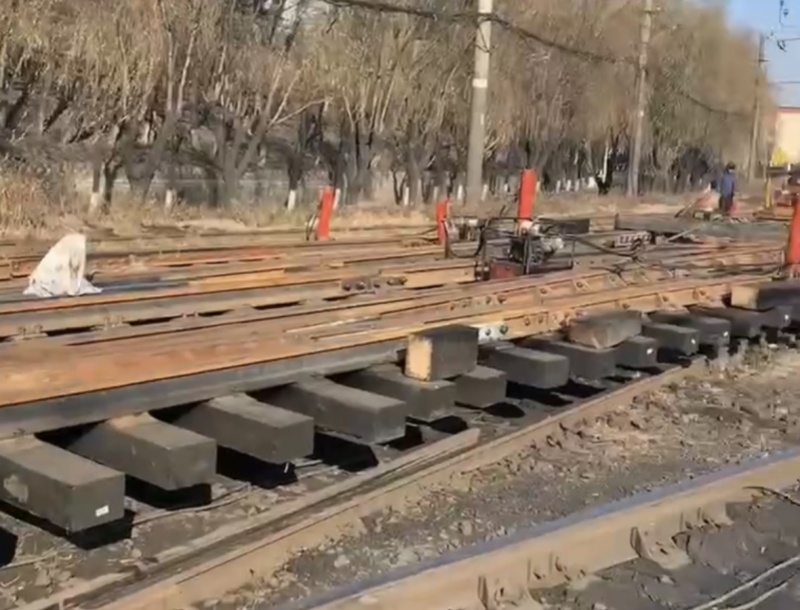The arrival of summer every year not only brings hot sunshine and the yearning shade of green trees, but also brings a unique summer activity: searching for cicadas, also known as "cicada molting". Cicada monkeys are the larvae of cicadas, spending most of their lives underground until one night they decide to break through the soil, climb to a suitable place to molt their skin, and eventually become familiar cicadas. This process is full of natural wonders and the power of life. However, if you have ever tried to search for these mysterious little creatures on rows of railway anti-corrosion sleepers, you may find it a futile task. Why? What is the reason why railway anti-corrosion sleepers have become a "forbidden area" for cicadas?

To understand this issue, we need to first understand the living habits and environment of cicadas. The cicadas have lived underground for a long time, and some species can even last up to seventeen years. During this period, they rely on the roots of trees to absorb the nutrient sap transported by the roots. A suitable habitat is crucial for their growth, including humidity, temperature, soil permeability, and the protection of their top layer materials. In summer, they will choose tree trunks, branches, or other natural supports for molting, and the selection of these positions is the result of millions of years of evolution and self adaptation.

Railway anti-corrosion sleepers clearly do not meet these conditions. Sleepers are important materials for laying railway tracks, and their main function is to stabilize the tracks and withstand the weight of trains. This means that sleepers must have very high hardness and durability in order to not deform or rot during long-term use. Therefore, sleepers are usually treated with anti-corrosion measures. Although these anti-corrosion materials can effectively extend the service life of sleepers, they are extremely unfriendly to cicadas.
The anti-corrosion oil used for sleeper anti-corrosion treatment not only has a strong odor, but also has a certain degree of toxicity. These chemicals can effectively prevent the erosion of microorganisms, fungi, and insects. For creatures like cicadas that need to crawl and molt in the external environment, these anti-corrosion materials are nothing but terrifying "poison". Even though cicadas can grow underground and eventually climb onto railway sleepers, they still struggle to complete the molting process due to their inability to resist the toxicity of anti-corrosion materials, and may even lead to death. This is an important reason why sleepers cannot provide a suitable living environment for cicadas.

Finally, we have to consider the connection between sleepers and the underground environment. The cicada monkey needs to drill out from underground, and the soil around the sleepers is usually compressed and compacted to ensure the stability of the entire railway structure. This means that the permeability and softness of underground soil are greatly limited, which is not conducive to the survival and movement of cicadas. Even if underground cicadas can penetrate these compacted soil layers, the chances of successfully drilling out of the ground are extremely low.
Overall, from the perspective of biochemistry, the toxicity of anti-corrosion materials, the hardness, humidity and temperature conditions of the physical environment, and the permeability of underground soil, it is difficult for railway anti-corrosion sleepers to provide a suitable living environment for cicadas. The cicada monkey has adapted to the ecosystem of natural trees, and the sleepers are undoubtedly products of human processing and being far away from the natural environment. For those who hope to find cicadas on railway sleepers, perhaps they can turn their attention to nearby trees, as that is the true home for cicadas.